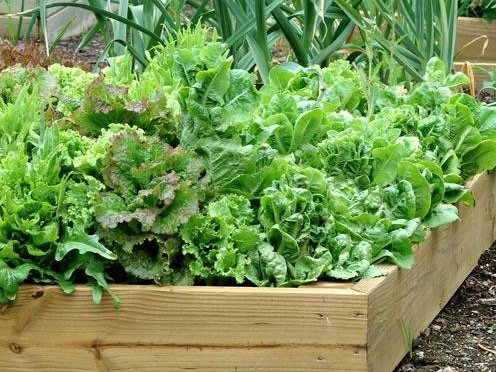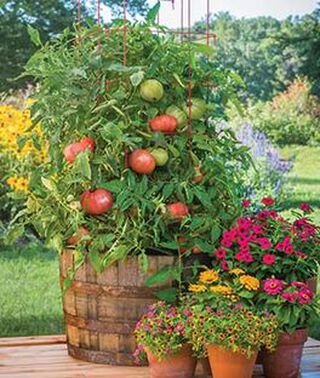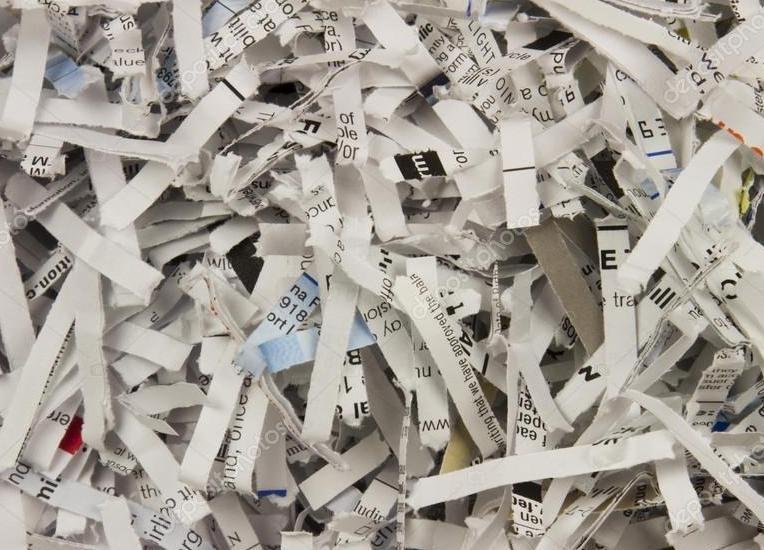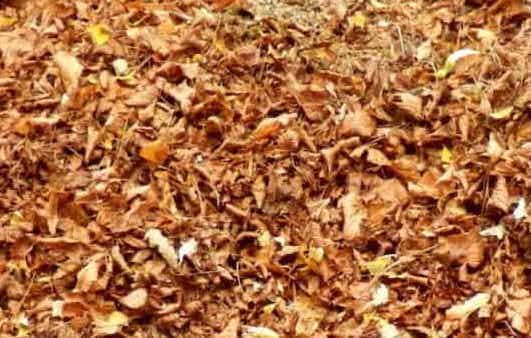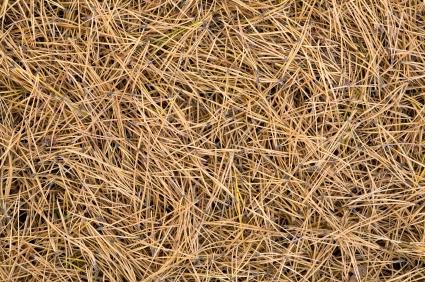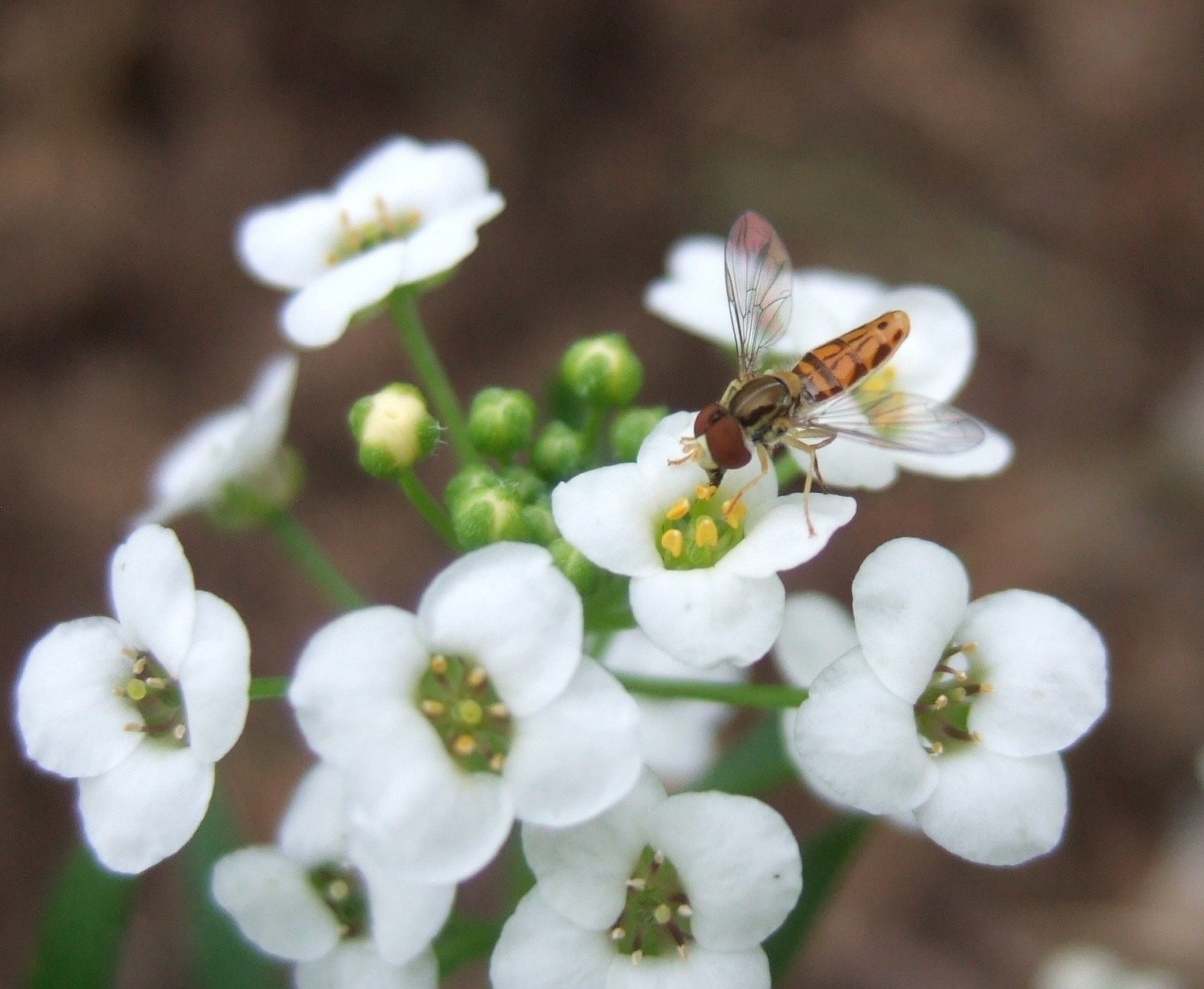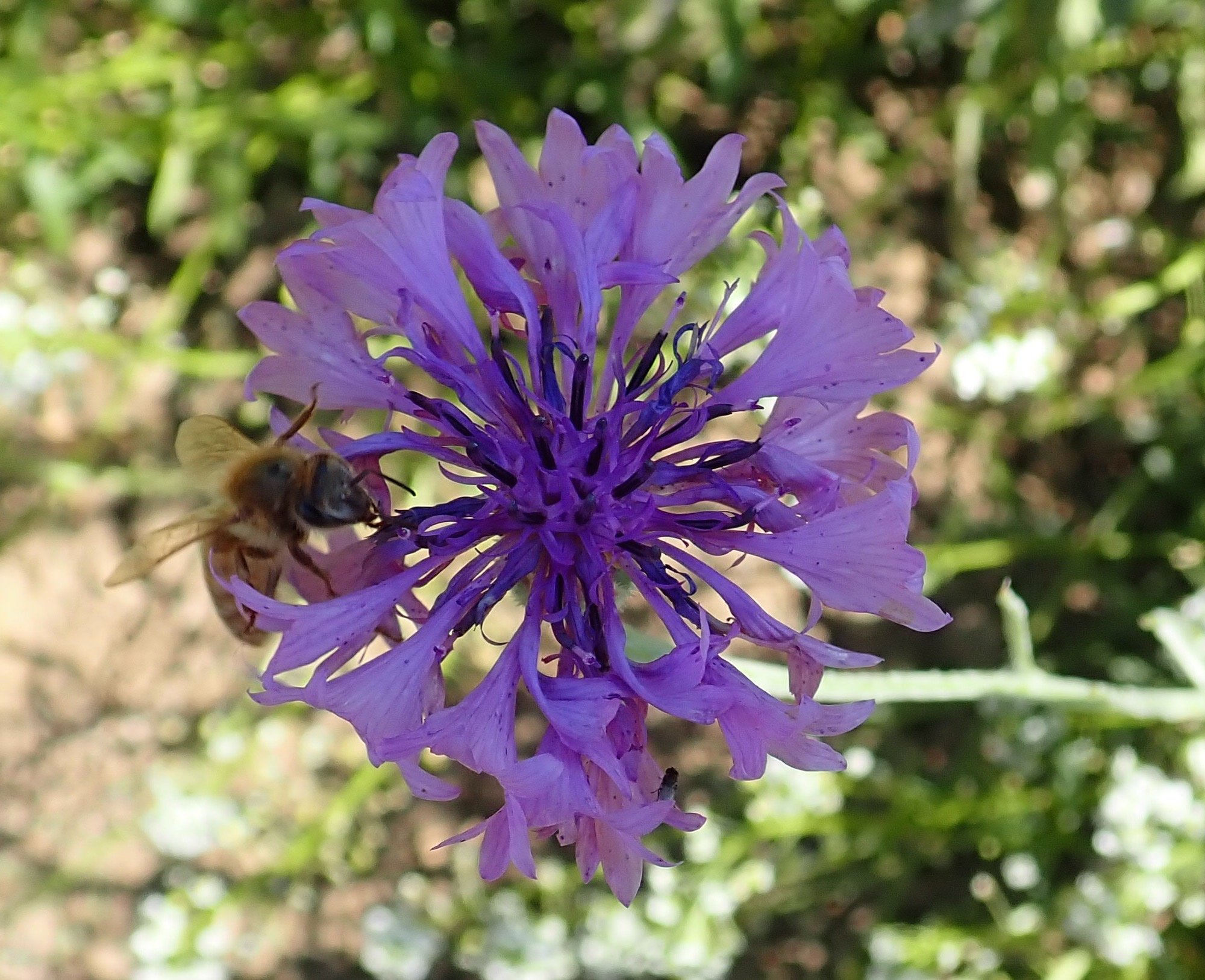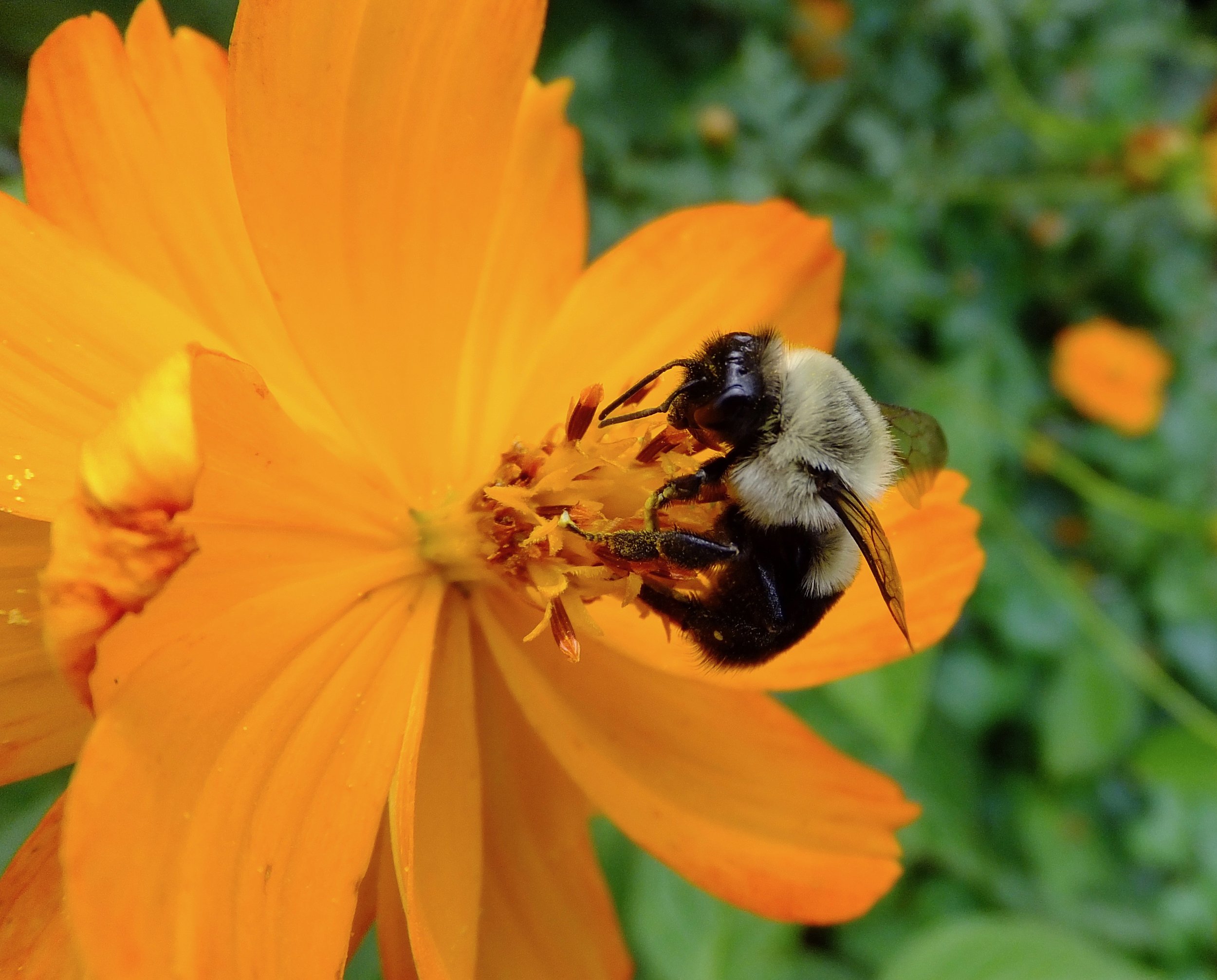Fall 2021 Press Release:
Vegetable Growing Tips For New Gardeners
Growing your own food is an empowering experience — but only if you are successful. Here are a few tips to ensure that your initial food growing experience will lead to a lifetime of home-grown meals.
Start with the Soil! Good garden soil is crumbly and full of organic matter. It is home to an array of organisms, including helpful bacteria and fungi, and insects of all sizes. It retains water yet drains well. Grab a handful of your garden soil and squeeze it. If it holds its shape, yet crumbles easily when you drop it, you’re off to a good start. If it stays in a ball or crumbles as soon as you open your hand, add compost. This will correct poor drainage, and help your soil retain water and nutrients. Add about 3 inches of compost to your problem soil, and gently work it in with a garden fork.
Start Small. Tilling up an area that is so large that you won’t have the /me to keep the weeds under control will lead you to feel discouraged. If you’re busy (and who isn’t!) start with a single raised bed or a 4-O by 8-O plot. This is enough to plant a couple of tomatoes, basil, salad greens, maybe a row of beans. This may seem obvious, but plant what you want to eat, and concentrate your early efforts on those plants. A salad and herb garden is a good choice for beginners. As you become more comfortable with plant habits and growing techniques, you can add to your growing space.
If you’re Growing in Containers, Make Sure They’re Big Ones. It may look odd in spring to have a small tomato seedling in a 5-gallon container, but by mid-summer, the roots of that fast-growing plant will completely fill the pot. Why plant in large containers? The larger the container, the less the likelihood that it will dry out if you skip a day of watering. Plus, as your plant grows large and productive, it will need the nutrients contained in the soil mix. This is true no ma=er what you grow in pots. Salad greens, peppers, tomatoes, and even cucumbers can produce a satisfying harvest in containers, provided that you fill them with a water-retentive, well-draining soil mix that is meant for containers, and treat them every two weeks with a balanced, soluble fertilizer. Filling pots with soil you’ve dug from your garden is a bad idea. It is much more dense than a container mix, and will not drain well.
When Sowing Directly in the Soil, Pay Attention to Spacing. Many seeds can be sown directly in the garden once nighttime temperatures are consistently above 50°F (10°C), including salad greens, beans and peas, root vegetables, and many flowers. Vegetable seed packets generally tell you how close your plants should be in the garden. Try to sow seed sparingly, following the packet instructions, and when your seedlings are about 2 inches in height, thin them to the recommended spacing. This is important with all vegetables and flowers, but particularly so with root vegetables. If grown too close together, carrots will end up tangled, beets will be spindly, and radishes will bolt prematurely.
Have a Ready Supply of Mulch, and Fertilize Regularly. Mulch does double duty in the vegetable garden. It helps keep weeds under control as it conserves soil moisture. Use mulching materials that will readily break down and over /me they will improve the soil as well. Half rotted straw, shredded leaves, pine needles, shredded paper, cardboard, or any combination of these are good choices for the vegetable garden. Wait until your plants are several inches tall and your garden is well watered. Then put mulch down around your plants, keeping it an inch or two away from your plant stems. This doesn’t have to be done all at once. One or two- inch layers can be added over the growing season.
To ensure a good harvest, vegetables grown in well- drained soil should be fertilized every 3 to 4 weeks with a balanced organic fertilizer. This is particularly important with heavy feeders, which include brassicas (broccoli, cauliflower, etc.), tomatoes, eggplants, squash, and melons.
“There are no gardening mistakes, only experiments.”
Diversify! Flowers belong in or near the vegetable garden for a number of reasons. They attract pollinators, and they bring in predator insects that will help keep insects such as cabbageworms and aphids in check. A diverse garden is a healthy garden. Good, easy-from-seed choices to plant near or within a vegetable garden include marigolds, sweet alyssum, zinnias, bachelor’s buttons, cosmos, calendulas, nasturtiums, and California poppies.


